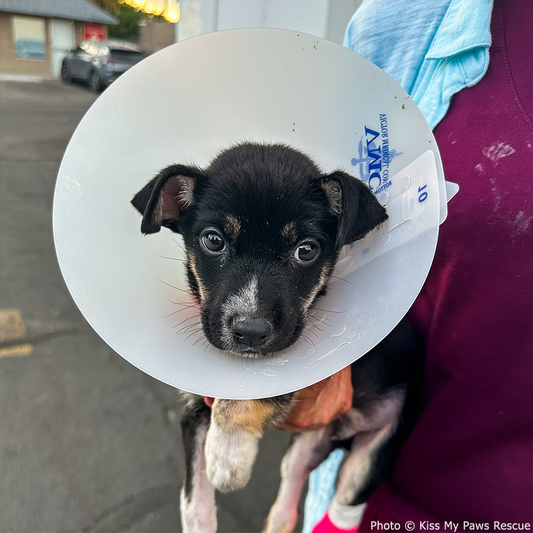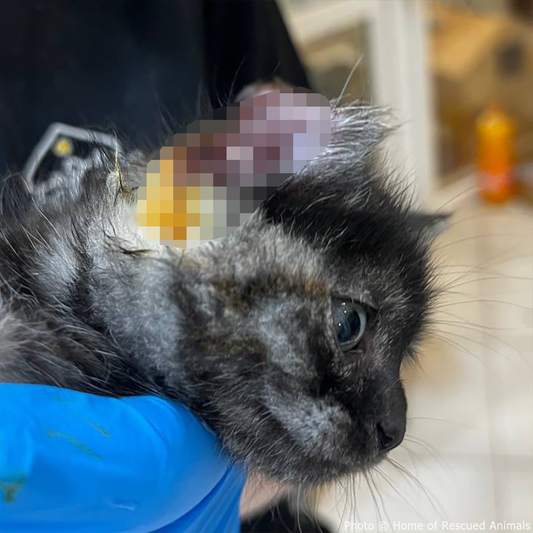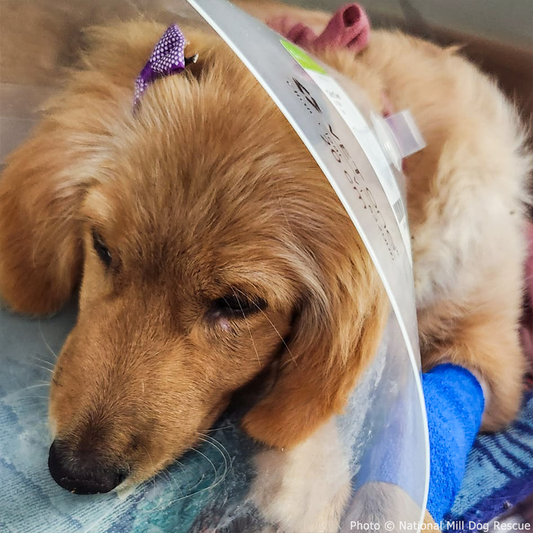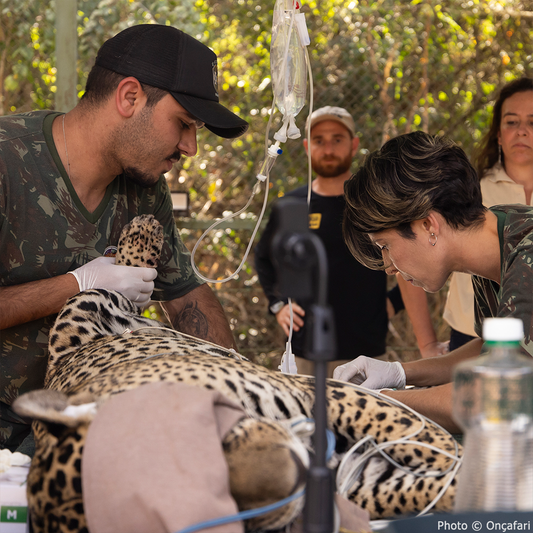NYC's Beach Drones Under Attack as Birds Fight Back to Protect Nests
Matthew Russell
Photo: Pexels
New York City’s beaches have recently become a battleground. A fleet of drones, deployed to patrol for sharks and struggling swimmers, has found unexpected adversaries: local shorebirds.
These birds, fiercely protective of their nesting grounds, have been attacking the drones since their introduction.
Veronica Welsh, a wildlife coordinator at the Parks Department, noted the birds' aggressive behavior.
“They will fly at it, they’ll swoop at it, they’ll be vocalizing,” Welsh told Fortune. “They think they’re defending their chicks from a predator."

Adjusting Flight Plans
The drones, primarily operated by the NYPD and FDNY, have been forced to alter their flight paths to avoid the birds. While these adjustments have reduced the frequency of attacks, the problem persists.
As Fortune reports, wildlife experts are particularly concerned about the impact on endangered species nesting along the coast. David Bird, a professor of wildlife biology at McGill University, warns that the drones could cause some birds to abandon their nests, leading to disastrous consequences for these species.
City officials report that American oystercatchers, known for their striking orange bills, are the primary aggressors, reports Police1.
These birds lay their eggs in the sand on Rockaway Beach, an area heavily monitored for shark activity and swimmer safety.

Wildlife Experts Weigh In
The potential impact on bird populations is not limited to physical harm. Bird notes that the loud hum and presence of drones can induce a stress response in birds, causing them to flee their nests. This was observed in San Diego, where a drone crash caused thousands of elegant terns to abandon their eggs, according to McGill University.
On Rockaway Beach, oystercatchers share their habitat with multiple tern species and piping plovers, the city’s only federally designated endangered species, the Associated Press reports.
The nesting sites of these birds are closely monitored, and parts of the beach are off-limits to both beachgoers and drones to protect these vulnerable populations.

Technology Versus Nature
Despite the city's efforts to adjust drone operations, the conflict continues. As Local12 reports, beachgoers have witnessed flocks of birds rushing at the drones, demonstrating that the issue is far from resolved. New York is not alone in using drones for beach safety. Similar efforts have been made on Long Island and in Australia, where drones have successfully monitored sharks and conducted rescue operations.
New York City Mayor Eric Adams, a proponent of drone technology, has praised the program as a valuable addition to beach safety efforts. However, with four drowning incidents already this summer, the effectiveness of drones in preventing such tragedies remains under scrutiny, Police1 reports.
The NYPD's and FDNY's drones have been deployed in search missions and have captured footage of lifeguards assisting swimmers in distress.

Balancing Safety and Conservation
Christopher Allieri, founder of the NYC Plover Project, acknowledges the innovation drones bring to beach safety but stresses the need for additional precautions.
"Wildlife in New York is often an afterthought," he told the Associated Press. "We should be asking ourselves how we can use this technology in a way that works for all New Yorkers, and that includes those with feathers."
As the city navigates this complex issue, finding a balance between ensuring human safety and protecting wildlife is crucial. The continued dialogue between city officials, wildlife experts, and the public will be essential in developing solutions that accommodate both technological advancements and conservation needs.
Matthew Russell is a West Michigan native and with a background in journalism, data analysis, cartography and design thinking. He likes to learn new things and solve old problems whenever possible, and enjoys bicycling, spending time with his daughters, and coffee.




















